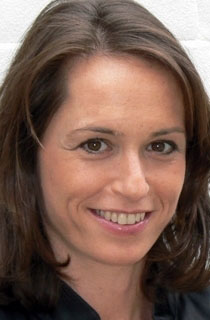Voxpop
Last week’s global brand survey by Interbrand saw surges from Google and Burberry at the expense of the majors like Coca-Cola, Gap and Ford. What do these big mainstream brands need to learn from the upstarts if they are to reverse their fortunes?

Branding is changing, and the Interbrand survey shows how new-style brands are creating new-style value. Ford, Coca-Cola and Gap belong to a static 20th-century model. Google and Burberry, in contrast, keep moving: Google has morphed from search engine into information organiser, and Burberry from chav to contemporary luxury. And both understand that ‘consumers’ today decode, appropriate and alter brands. That’s why we see rip-off Burberry bags and sites like Blackle.com, but a Ford is a Ford is a Ford.
Robert Jones, Consultant, Wolff Olins

A quick review of the top 20 most upwardly mobile brands reveals that more than a third operate in the luxury sector, or are perceivably ‘premium’ brands, such as Audi or Moët & Chandon. So my advice to a big brand like Coca-Cola would be to go for the luxury market, and turn the world’s best-selling soft drink into an exclusive premium brand: CokeVSOP, for instance – a limited edition sipping cola aged for 12 years in oak casks, and sold in diamond-encrusted 25ml Swarovski phials. The price? Well, if you have to ask…
Mickey Stretton, Design director, All of Us

The word ‘upstart’ says it all, implying a brand that is youthful, energetic and insouciant. The upstart has little regard for convention and reinvents its own rules (Google has rarely used traditional media to advertise). It champions contemporary issues (environment, health, social responsibility) and looks to the future. It is confident in its abilities, satiating need above and beyond desire. Unlike established brands, the upstart is relentless, but never complacent.
Sam Glynne, Head of commercial content, N One
-
Post a comment




